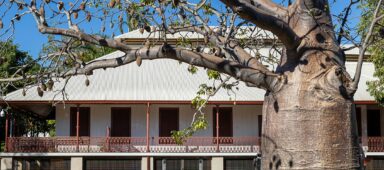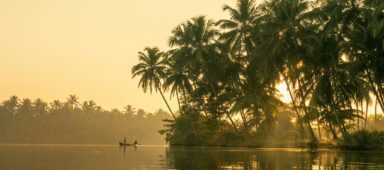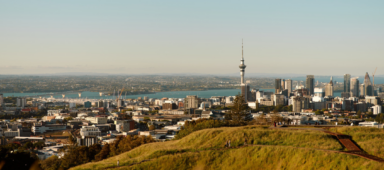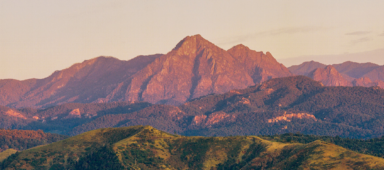Hornbills, giant crocodiles, a unique and diverse culture – Sarawak has got it all
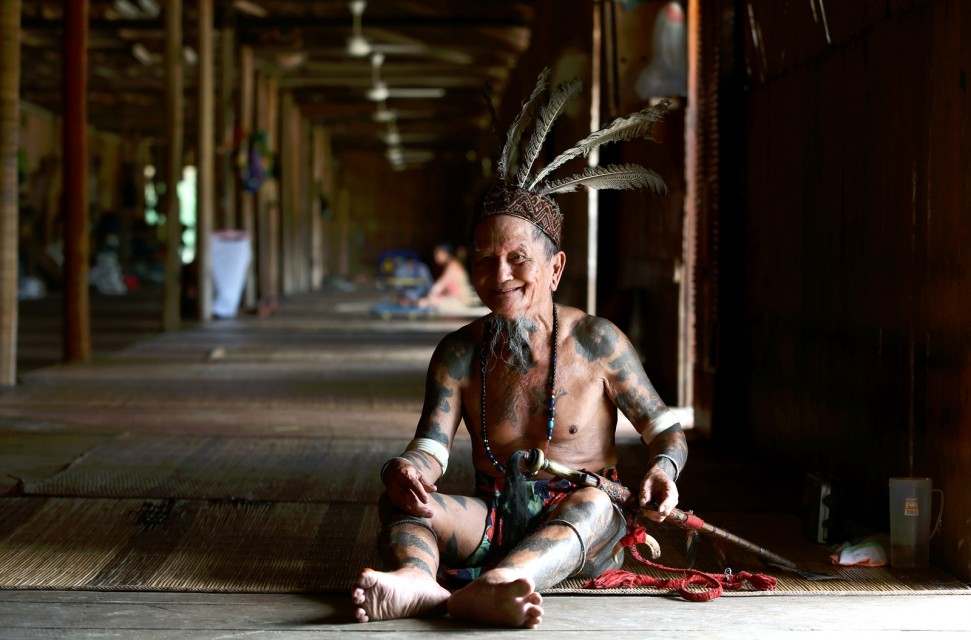
Sarawak is a bit of a hidden gem because unlike its neighbor, Sabah, not many travelers have journeyed to this part of Malaysia. It is a land blessed with rich ecosystem and biodiversity, offering many great things you’ve never seen or experienced before.
In conjunction with Sarawak Day on July 22 and to help you get to know the state better, we’ve come up with a list of things you probably (or definitely) didn’t know about Sarawak!
The longest river in Malaysia can be found in Sarawak.
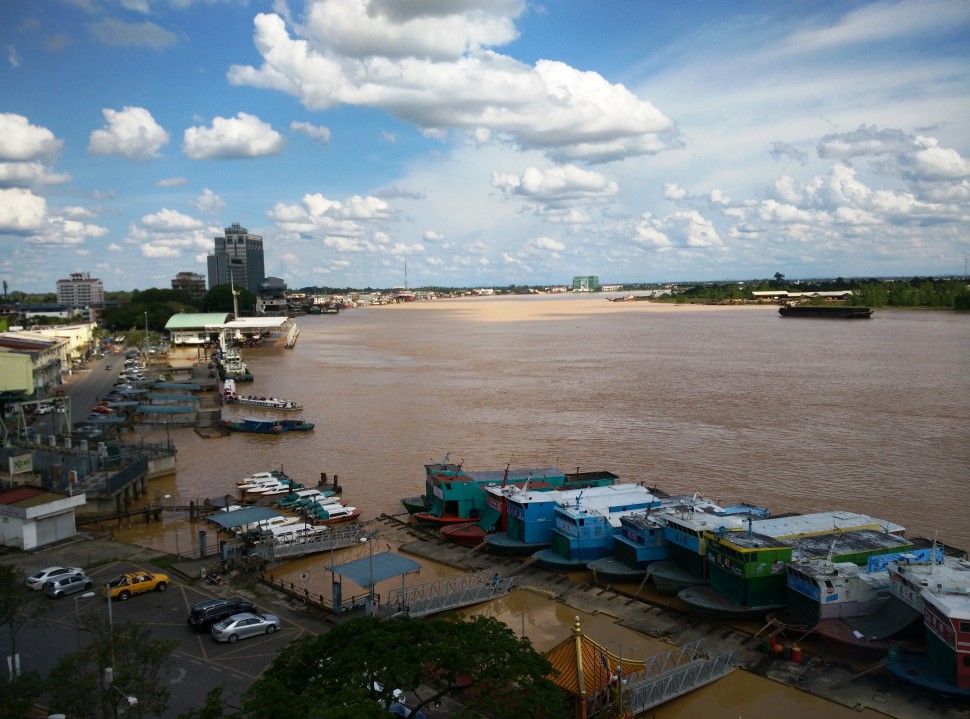
The Rajang River flows approximately 563 km into Kapit, and then to the South China Sea. The river is also said to be the home to some incredible mythical creatures such as the Nabau, a 33-metre-long python. A sighting of said creature occurred in 2009, although people have reasons to believe that the image has been tampered with. But really, who knows?
They have a legendary monster croc
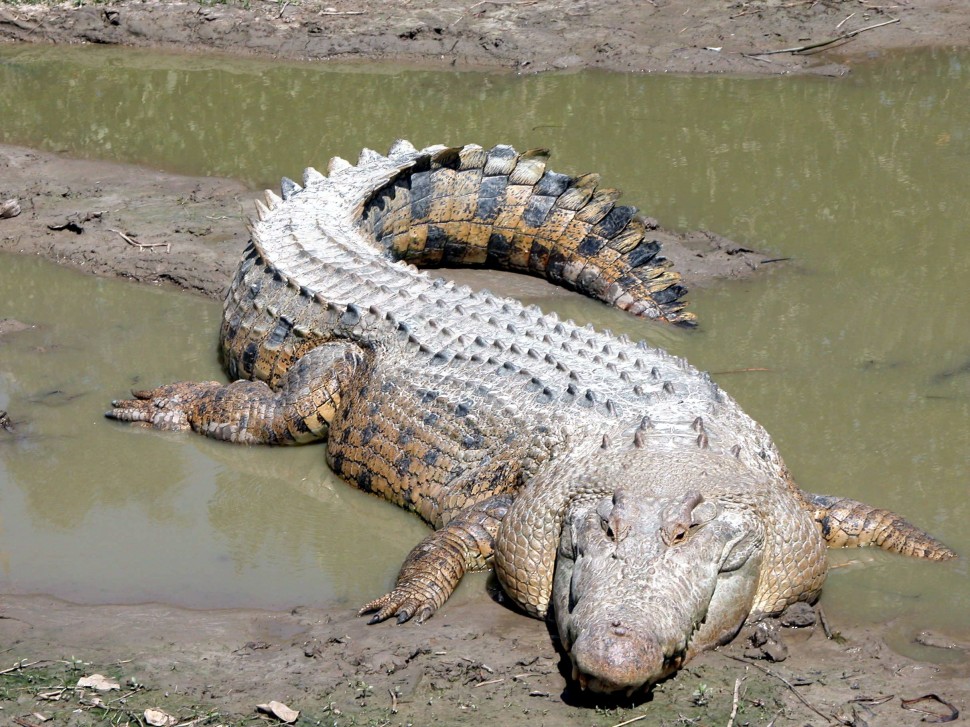
The world has forgotten the havoc ‘Bujang Senang’, the infamous monster crocodile with white markings on its back, wreaked in the waters of Batang Lupar River, which is also part of the Rajang River. Legend has it that Bujang Senang is actually the great Iban warrior called ‘Simalungun’. You can find the skull of the alleged Bujang Senang at the Sarawak Museum in Kuching. Why alleged? A number of people believe that the croc they killed wasn’t the real Bujang Senang and that its still lurking in the murky waters of the Rajang River.
Sarawak has the largest known cave chamber in the world by area
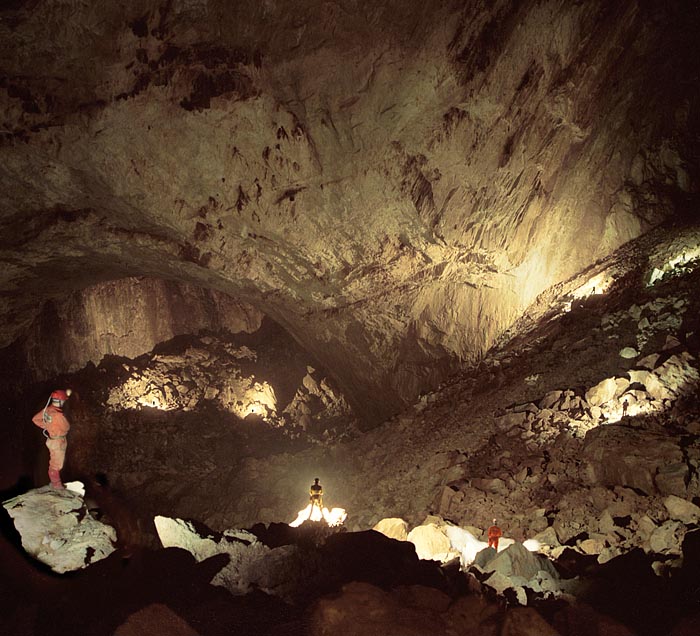
Gua Nasib Bagus, which means Good Luck Cave, is located in Gunung Mulu National Park. The chamber measures 600 metres long, 435 metres wide and 115 metres high and was formed in Melinau Limestone, a reef complex of Upper Eocene to Lower Miocene age.
They have a lot of hornbills

Sarawak is also known as ‘Bumi Kenyalang’ which translates to ‘Land of the Hornbills’, and eight out of the world’s fifty-four species of hornbills can be found there. The hornbills are important cultural symbols for the Dayaks as it represents the spirit of God. It’s believed that if one is seen flying over residences, good luck will follow.
Sarawak is incredibly diverse

Over 40 sub-ethnic groups coexist in Sarawak, each with its own distinct language, culture and lifestyle, making its demographic very distinct and unique.The six major ethnic groups are the Iban, Chinese, Malay, Bidayuh, Orang Ulu and Melanau, followed by several minor ethnic groups such as the Indian, Eurasian, Kedayan, Murut and many more. If there’s one word to describe Sarawak, it is diverse.
Photo Credits: Sarawak Tourism Board, Rajang River, hornbills


